German divers who fished an Enigma encryption machine out of the Baltic Sea have handed their rare find over to a museum for restoration.
The code machine – which was used by the Nazis to send coded messages during the second world war – was discovered last month by divers on assignment for the environmental group WWF. The group was searching for abandoned fishing nets in the Bay of Gelting off the north-east coast of Germany.
“A colleague swam up and said: there’s a net there with an old typewriter in it,” Florian Huber, the lead diver, told the DPA news agency.
The team quickly realised they had stumbled across an historic artefact and alerted the authorities.
Dr Ulf Ickerodt, the head of the state archaeological office in Schleswig-Holstein, said the machine would be restored by experts at the state’s archaeology museum.
The delicate process, including a thorough desalination process after seven decades in the Baltic seabed, “will take about a year”, he said.
After that, the machine will go on display at the museum.
Dr Jann Witt, a historian from the German Naval Association, told DPA he believed the machine, which has three rotors, was thrown overboard from a German warship in the final days of the war.
It is less likely to have come from a scuttled submarine, he said, because Adolf Hitler’s U-boats used the more complex four-rotor Enigma machines.
How did the Enigma machine work?
Read more
The allied forces worked tirelessly to decrypt the codes produced by the Enigma machine, which were changed every 24 hours.
The British mathematician Alan Turing, who is seen as the father of modern computing, spearheaded a team at Britain’s Bletchley Park that cracked the code in 1941.
The breakthrough helped the allies decipher crucial radio messages about German military movements. Historians believe it shortened the war by about two years.


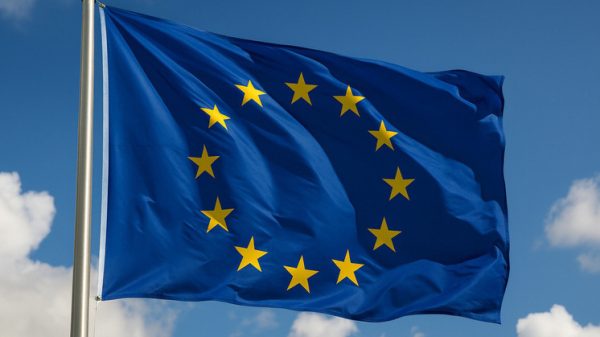




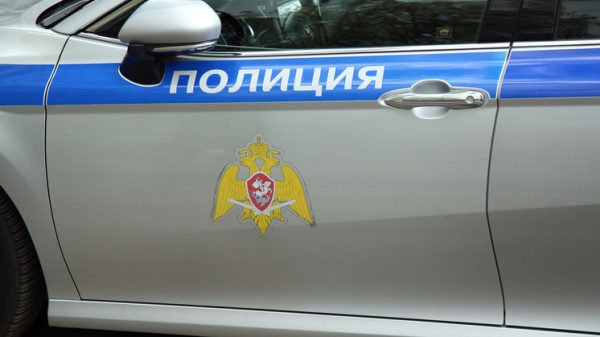
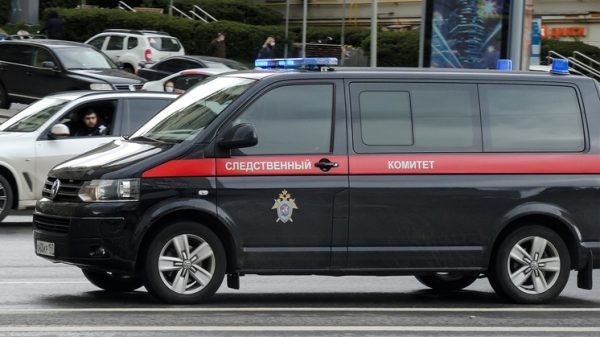




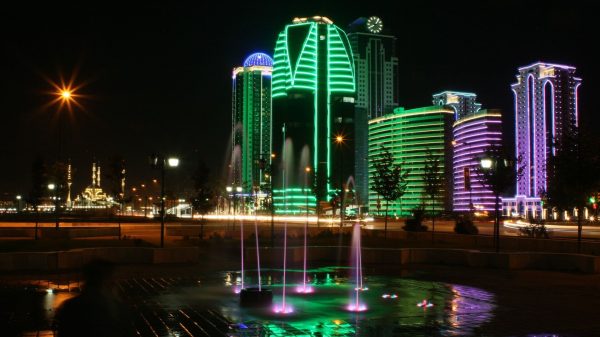



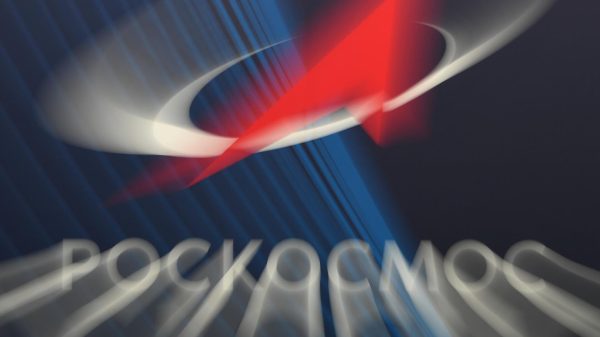













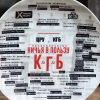



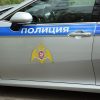

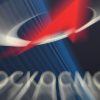













Свежие комментарии